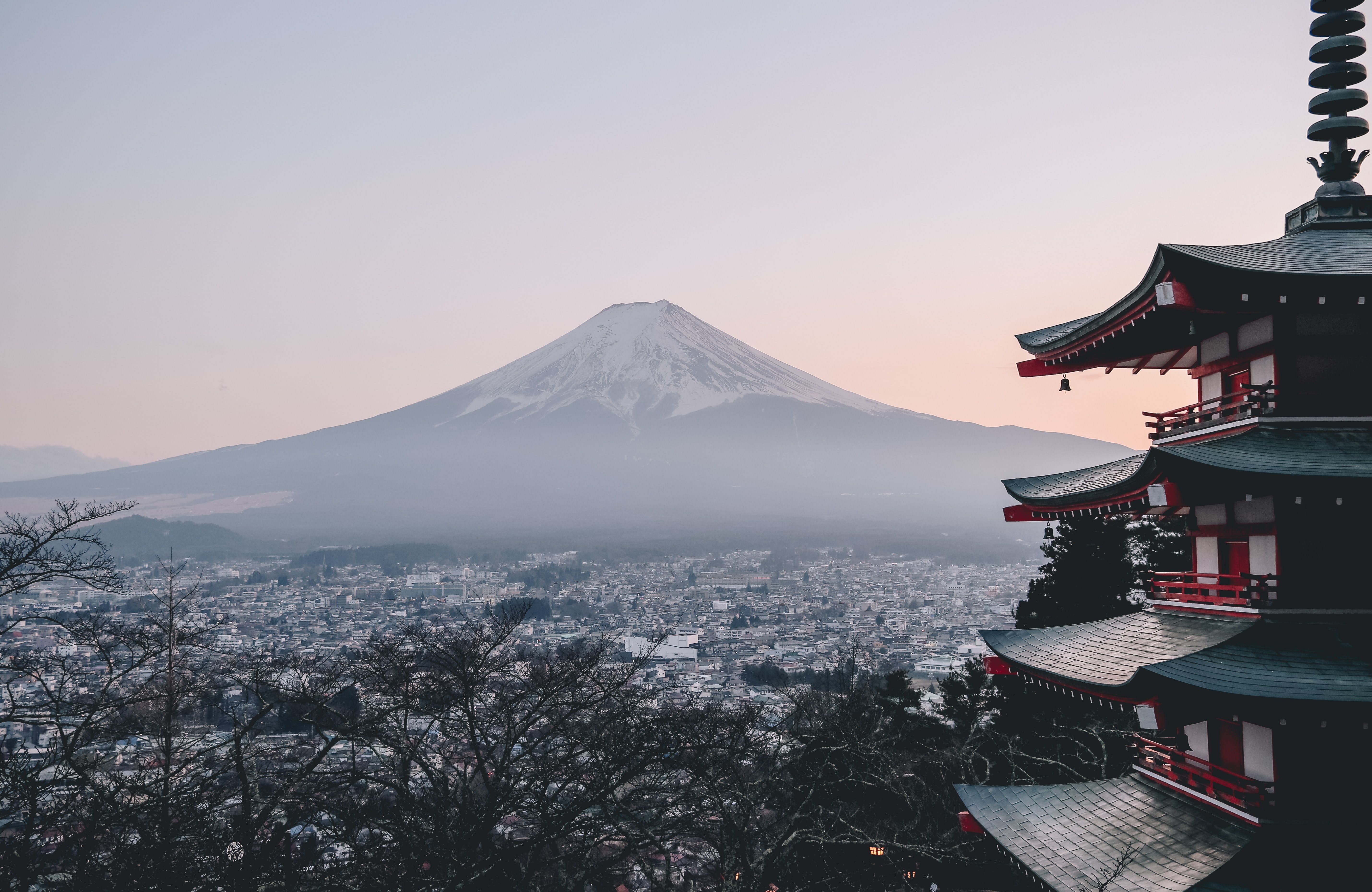Japan
Overview and productions
Iconic locations, highly skilled crew and incentives from regional film commissions are among the reasons international film and TV productions are flocking to Japan, which is nearly back to pre-pandemic levels following a full reopening of its borders in October 2022.
The country previously had a well-earned reputation as a tough place to shoot with significant amounts of time needed to organise filming, limited infrastructure for international productions and a small number of available crew. But while these challenges have notably reduced, the most glaring hurdle is the lack of an incentive programme.
Ruriko Sekine, secretary general and film commissioner at Japan Film Commission, which provides access to a network of more than 120 regional and municipal film commissions, from Sapporo Film Commission in the mountainous north, to Okinawa Film Office in the sub-tropical islands of the south said: “It can be hard to shoot in Japan and projects only tend to come here if they have a story set in the country or it centres on Japanese culture.”
This was the case with Touch, an upcoming independent film from Icelandic filmmaker Baltasar Kormakur, in which a widower makes an emotional journey to Japan to find his first love. The film shot for three weeks in January in Hiroshima, Kure and Tokyo. Focus Features and Universal Pictures International have boarded Touch, produced by Kormakur’s RVK Studios and the UK’s Good Chaos.
Director Wim Wenders returned to Japan in 2022 to make Perfect Days, a premiere in this year’s Cannes Competition. Shot in the Shibuya ward of Tokyo, the producers are Japan’s Master Mind Limited and Germany’s Wenders Images.
At the other end of the budget spectrum, Sony Pictures’ Gran Turismo also shot for three days in Shibuya in December. Directed by Neill Blomkamp, the adaptation of the PlayStation game is set for a high-profile release in August.
Apple TV+ previously shot scenes in Japan for sci-fi series Invasion and the streamer is behind one of the biggest international projects to set down in Japan for many years, dark comedy Sunny from A24, which shot from July until the end of 2022 in Tokyo, Kyoto and abandoned stores in Chiba.
“Since the gates reopened in October, Japan has been heaving with visitors,” says Georgina Pope, head of production at the recently launched Toho Tombo Pictures in Tokyo, and one of the country’s bilingual go-to production experts. “Everyone had this notion that shooting in Japan was tough, but the country is getting ready to take on a lot of projects from the US, UK and Europe.”
Australia-born Pope says BBC/Netflix co-production Giri/Haji proved a turning point in terms of how filming in Japan was perceived, and delivered a shot of confidence to overseas producers considering the country. “We don’t have a huge industry here like in Los Angeles or London,” she says. “But the town is big enough for two or three big shoots and the number of bilingual crew interested in working on international productions is growing.”
Both Sunny and a second season of HBO Max crime drama Tokyo Vice shot in Japan at the same time last year, while English is becoming more commonly spoken on set.
Cultural differences remain. “Visitors need to understand the Japanese way,” advises Japan Film Commission’s Sekine. “While we need to develop on a universal level, we also want international filmmakers to understand our culture. It will often take time to get permission to film because we like to be very organised.”

Gallery
Locations and permits
Tokyo-based Japan Film Commission provides access to a network of more than 120 regional and municipal film commissions spanning the country, from Sapporo Film Commission in the mountainous north to Okinawa Film Office in the islands of the south. Tokyo Location Box provides advice on locations and permits on behalf of the Tokyo Metropolitan Government.
Infrastructure and crews
Soundstages in Tokyo and Kyoto are modest in comparison to those in other countries and most international productions place an emphasis on shooting on location while in Japan. There is a growing number of around 200 bilingual crew members, with English increasingly spoken on set to aid overseas productions.
Size matters
Japan extends around 1,860 miles from north to south across four main islands, covering a wide range of climates and landscapes, from Hokkaido in the north, where winter lasts more than half the year, to the sub-tropical climate of Okinawa island in the south. Transport is made quick and easy through the country’s famous bullet trains and reasonably priced air travel. Reliable transportation is among the benefits of shooting in Japan, which also includes low crime rates and great food. Luxury hotels are scarce when filming outside major cities, and accommodation tends to be modest but clean.
Sign up for newsletter
Newsletter